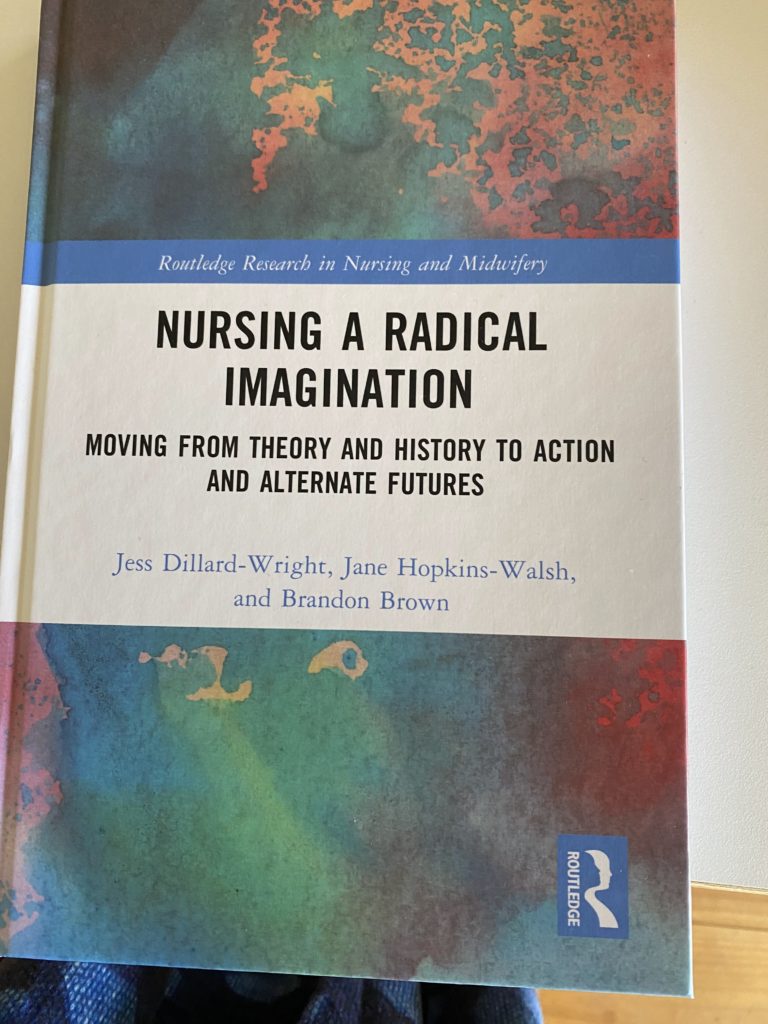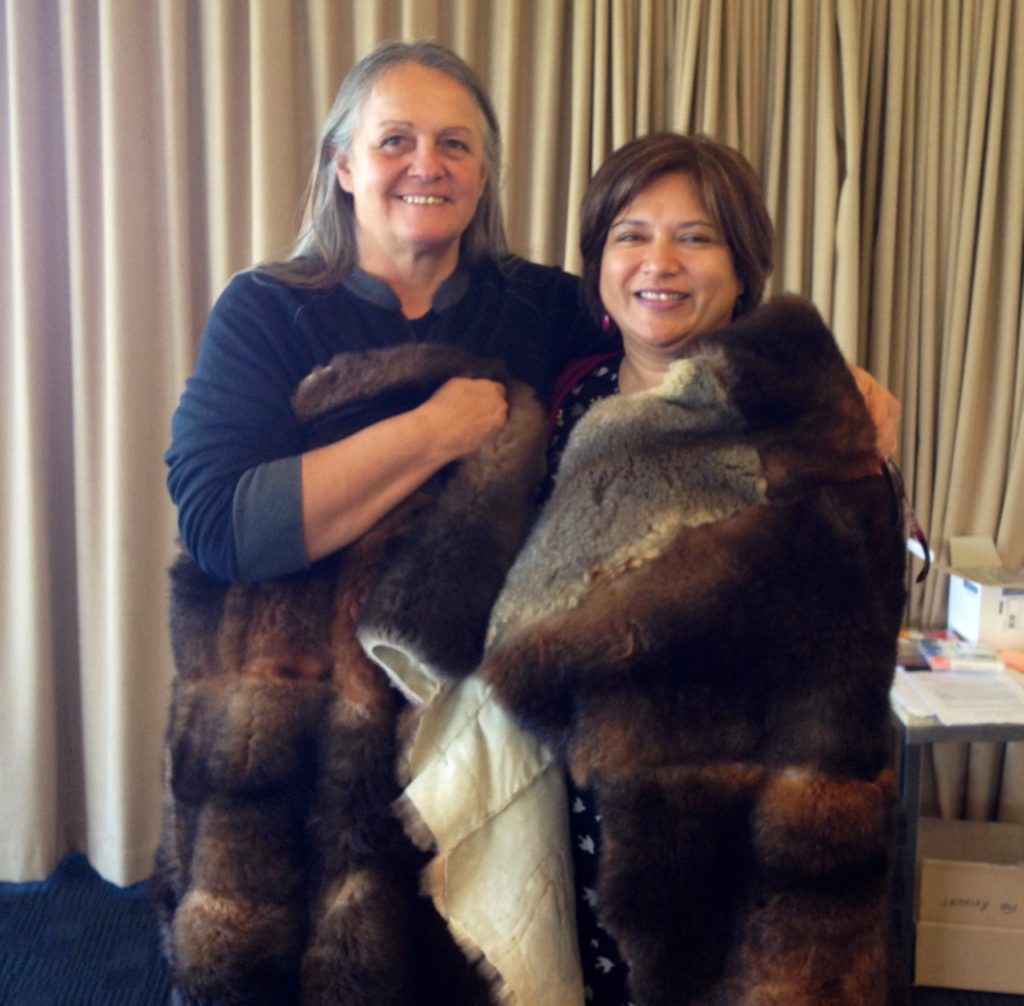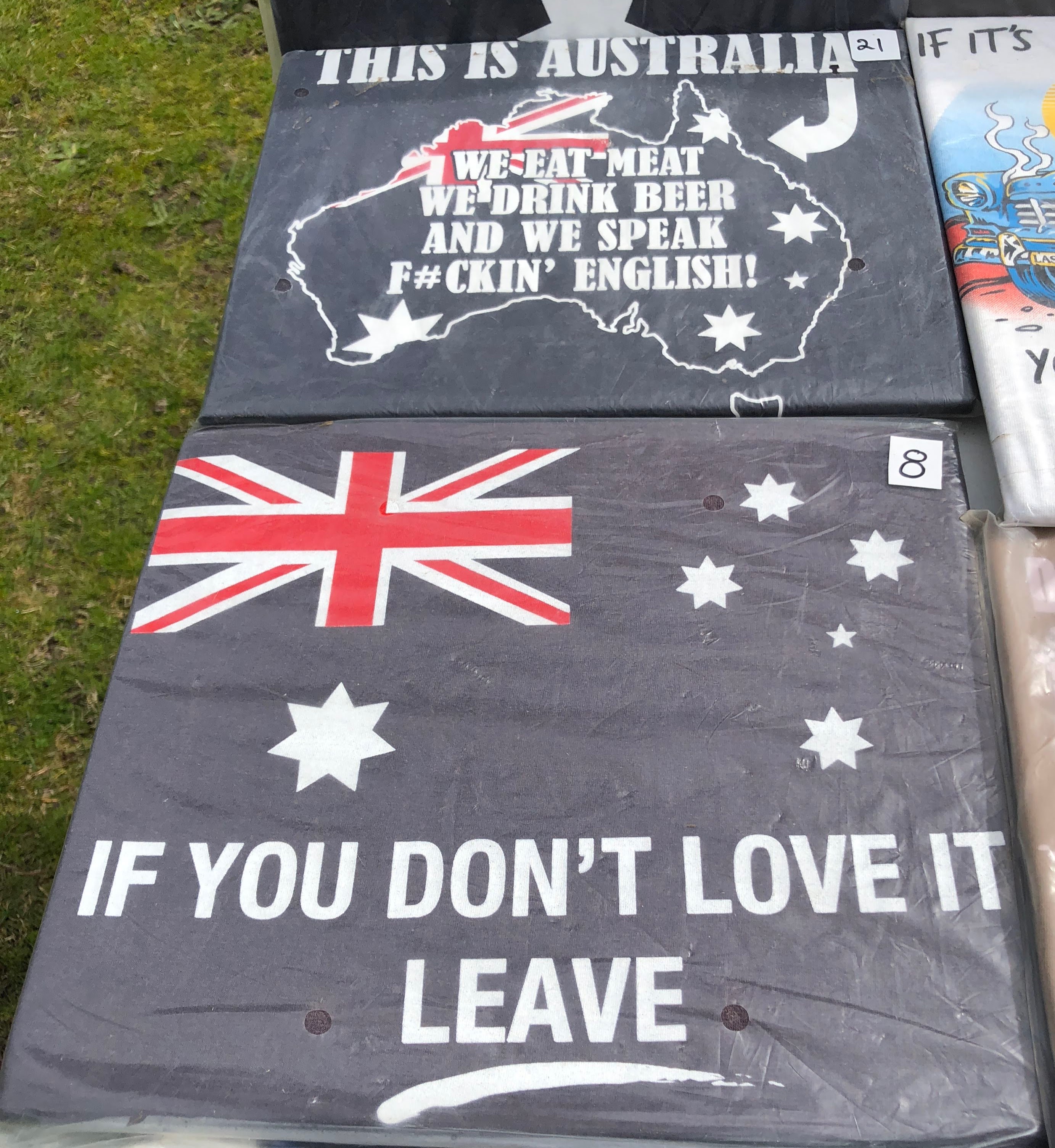This piece was previously published in the Goanet Reader: May 22nd 2005
We often think of migration as moving between two places, my story is one of many journeys that spans the generations.
I was born in what was then Tanganyika and is now Tanzania, into a Catholic family originating from Goa, India. As a child, I was exposed to multiple heritages and languages; Maragoli, Swahili, Konkani and English. My family’s migration history began with my great-grandfather leaving Goa to work in Burma and both sets of grandparents subsequently migrated to Tanganyika. My parents own double migration took them first to Kenya in 1967 and then to New Zealand in 1975.
Leaving Africa was a result of the unease caused by the expulsion of ‘Asians’ — meaning people from Bangladesh, Pakistan and India — from neighbouring Uganda in 1972. East Africa in the early 1970s saw increasing crime targeted against Indian people, who were the shop owners and business people and our daily lives were being increasingly affected by the process of ‘Kenyanisation’, which privileged Kenyans over all others.
I recall going to sleep frightened and being told to pray for safety. My parents wanted to live away from fear, be able to take advantage of educational opportunities and above all build “a better life” for their children.
In 1975, they decided to emigrate and after some failed attempts to get to the United States we made arrangements to move to New Zealand. Our family knew little about this country; one promotional film and a friend who lived in Wellington. In order to afford the cost of the airfare, we had to sell virtually all our possessions, others were given away, even my parents wedding presents were left behind.
To understand my family history of migration, it is important to put it in context. Goa is located in the middle of an abundant coastal strip on the south west Coast of India which has an area of 3,701 square kilometres and a primarily agrarian economy with, more recently, a tourism and service industry.
The name ‘Goa’ comes from ‘Gomant’ of the Mahabharata and apparently “Goa was reclaimed by Lord Parshuram from the mighty sea by shooting an arrow into it.” (Mahajan, 1978, p.22). This sounds remarkably like the Mori mythology of the discovery of the North island Maui. Goa was renowned as a port as far back as the third century BC, when Buddhism was spreading through India. It was a Portuguese colony from 1510 until 1961, at which time Goa was liberated by the Indian army. On May 31, 1987 Goa became the 25th state in the Republic of India (Newman, 1999).
The arrival of the Portuguese led to Goans becoming a migrating society. The Portuguese came to Goa “to seek Christians and spices” (Albuquerque, 1988, p.25) and Catholicism became entrenched in Goa due to the intense proselytising campaign using “bribery, threat and torture” by the Portuguese (Robinson, 2000, p.2421).
Goa’s inquisition began in 1560 and ended in 1812 (Robinson, 2000). Inquisitions were used by the Portuguese to prevent defection back to other faiths and had far reaching implications. In the laws and prohibitions of the inquisition in 1736, over 42 Hindu practices were prohibited (Newman, 1999). They were implemented through the eradication of indigenous cultural practices such as ceremonies, fasts, the use of the sacred basil or tulsi plant, flowers and leaves for ceremony or ornament and the exchange of betel and areca nuts for occasions such as marriage (Robinson, 2000). Methods such as repressive laws, demolition of temples and mosques, destruction of holy books, fines and the forcible conversion of orphans were used (Mascarenhas-Keyes, 1979).
FAR REACHING
There were other far reaching changes that took place during the occupation by the Portuguese, these included the prohibition of traditional musical instruments and singing of celebratory verses, which were replaced by Western music (Robinson, 2000). People were renamed when they converted and not permitted to use their original Hindu names. Alcohol was introduced and dietary habits changed dramatically so that foods that were once taboo, such as pork and beef, became part of the Goan diet (Mascarenhas-Keyes, 1979). Architecture changed with the Baroque style that was in vogue in Portugal becoming popular. Thus, many customs were suppressed and Goans became ‘Westernised’ to some degree as a Catholic elite who came to see themselves as a “cultivated branch of a global Portuguese civilisation” (Routledge, 2000, p.2649).
During Portuguese rule, the ancient language of Konkani was suppressed and rendered unprivileged by the enforcement of Portuguese (Newman, 1999). The result this linguistic displacement was that Goans did not develop a literature in Konkani nor could the language unite the population as several scripts (including Roman, Devanagari and Kannada) were used to write it (Newman, 1999). Konkani became the lingua de criados (language of the servants) (Routledge, 2000) as Hindu and Catholic elites turned to Marathi and Portuguese respectively. Ironically Konkani is now the ‘cement’ that binds all Goans across caste, religion and class and is affectionately termed ‘Konkani Mai’ (Newman, 1999). In 1987 Konkani was made an official language of Goa.
The Portuguese colonisation of Goa was a catalyst that led many Goans to become a mobile population. Socio-economic factors such as the taxation of land to raise funds for Portuguese expeditions, the appropriation of land from villagers leading to outsider control and the removal of people from their original source of livelihood were powerful forces in the decision to migrate. Yet Newman (1999) claims that what drove Goans to emigrate was that they valued a consumerist, bourgeois-capitalist society in Goa and sought more money, despite the relatively high incomes available at home. Historically, there has been a strong Goan ethos of moving up, caused by the small size of Goa and the inability to divide up communal land (Mascarenhas-Keyes, 1994).
As Goans began migrating, English displaced the dominance of Portuguese in the 1920s as many Goans moved to British India and other British colonies.
This migration began as a result of the declining Goan economy, which under Portuguese rule could not provide adequate employment for Goa’s population whereas new opportunities and economic development were available in British India (Nazareth, 1981). Goans first worked for the British in 1779 at the time of the French Revolution. The naval fleet of the British Indian Government was stationed in Goa and found that Christian Goans were eminently suitable to work for them because of their Western dress, diet and customs. When the fleets withdrew from Goa, many Goans went with them. In the eighteenth century Goan began trading with Mozambique, Zanzibar and East Africa. Indian independence in 1945 exacerbated the flow of migrants of Goan origin who were residing in British India (Mascarenhas-Keyes, 1979).
As English became more significant to Goans, schools began to teach it, giving more Goans the opportunity to migrate to British India. Many Goans also gained English language skills in the process of migrating to British territories, due to the greater emphasis on education and on language, as a method of upward mobility.
Goan migration to Africa was not surprising. Indians had been traders and later sojourners as far back as three thousand years. The Indian diaspora was a 19th and 20th century development related to the impact of the British indentured labour scheme, which sought to replace slave labour with cheap and reliable labour for plantations (Sowell, 1996), or the building of railways, for example in Uganda (van den Berghe, 1970). This scheme was seen by some as a new system of slavery (Tinker, 1974) and though formally abolished in 1916 it continued until 1922 (Brah, 1996). Indian women were the second largest group transported to colonies after African women and they were subjected to fieldwork and received comparable punishment and gross indignities in the same manner. Smith (1999) suggests that the indentured labour system was as inhumane as the slave trade through the in-humanity of captivity and forced labour for capitalist gains.
Large scale migrations of Indians to Africa began with the construction of the great railway from Mombasa to Lake Victoria in Uganda in the late nineteenth century (Sowell, 1996). The British employed Indians because the Africans who owned land would only work for brief periods.
Fifteen thousand of the sixteen thousand ‘coolies’ who worked on the railroads were Indians. They were renowned for their work ethic and competitiveness, but one quarter of them died or returned disabled (Sowell, 1996). Indians (especially Goans) were recruited to run the railways after they were built (as my grandparents were) and Goans came to dominate the colonial civil services (Sowell, 1996).
Goans made up the only significant number of Christian Indians in East Africa, as it was the Catholic rather than the Hindu Goans that migrated there. Catholic Goans spoke Konkani, English or Portuguese and dressed in more Western clothing. They were further set apart from Hindus and Muslims by virtue of religion and because they ate pork and beef. For Goans, migration to Africa was intended as a way of earning some money for retirement in Goa and putting down permanent roots was not encouraged by colonial authorities (Kuper, 1979).
Asians were excluded from certain professions or from living in areas where Europeans preferred to settle, for example the fertile Kenyan highlands (Kuper, 1979). They operated within a milieu of prejudice, suspicion and disadvantage. Land was unavailable for freehold purchase and education provision was inadequate resulting in children being sent back to India (as my father was). Later on, as communities grew, special schools were established and women and children joined their men (as was the case for my mother’s family).
EVERYTHING CHANGED
Moving forward to our arrival in New Zealand everything I had ever known had changed. The availability of traditional foods, ingredients and so on was limited. The weather was cold and unfriendly, colder than anything we had experienced before. I was dismayed by the lack of wild and colourful animals.
I had also lost my place in the world, moving from a familiar social circle to where everything was now unknown. Settling in New Zealand was difficult financially, socially and emotionally. In Africa there had been a very strong Goan and Indian symbiotic community that provided cultural links. Despite being ‘foreign’ there was a sub-culture in East Africa that was supportive and understood by Africans. As Alibhai (1989, p.31) stated in an account of her life in Uganda:
The Asians had evolved a very strong network, partly because of the needs and fears that inevitably arise when groups migrate and partly because they were non-dominant in countries where they had no political power and a constant sense of being vulnerable.
In New Zealand we were different again, but less well understood. The ensuing years have become easier and my ambivalence has decreased about whether I belong to Aotearoa.
The increase in members of the Goan and African communities have rejuvenated and inspired me and invigorated the communities I am affiliated with. The increased availability of a range of ingredients and cultural resources have also made connections with food and other cultural icons more accessible.
I prefer the plus model of identity rather than the minus one. I belong to Goa, plus East Africa plus New Zealand and the places I’ve lived and loved in. Although I experienced changes and loss integral to migration and learned first hand of the isolation that migrants can face in New Zealand (which has led me as an adult to be involved in supporting them) there were also positive implications.
The loss of traditional economic, social and familial restraints allowed me to fulfil my potential in a way that I might never have had, had I grown up in Goa or East Africa. Having to scrutinise my identity closely has led me to see the world through many eyes (an important requirement for an educator) as Edward Said states: “The essential privilege of exile is to have, not just one set of eyes but half a dozen, each of them corresponding to the places you have been.” I believe that my migration and travel experiences give me many ways of seeing the world and that the migrants that come to Aotearoa enrich the country with their lives and experiences.










